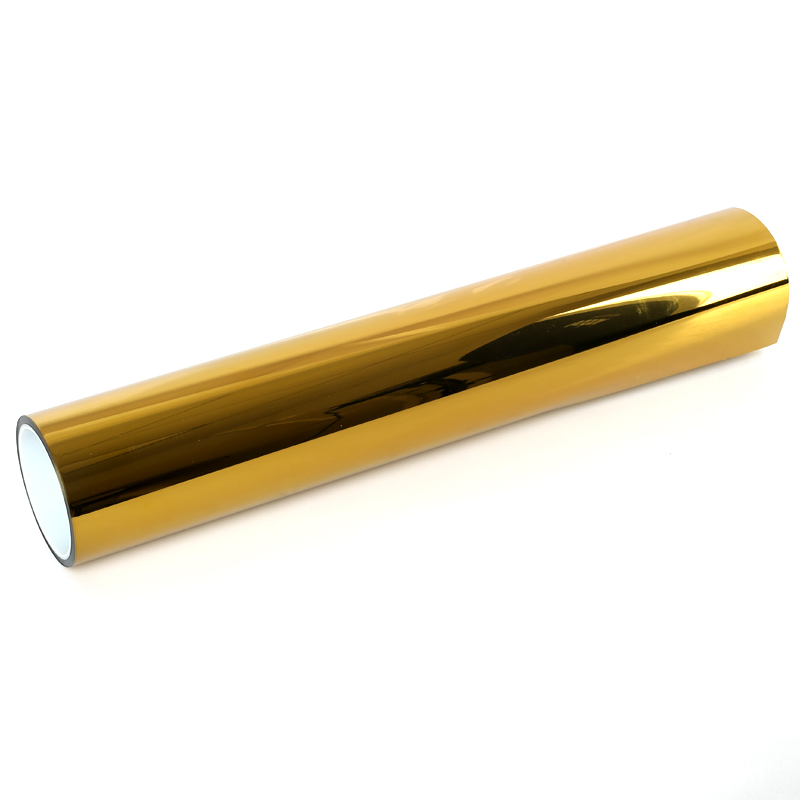Conductive shielding filmIt is to prevent interference of high-voltage field strength on components. The design principle of conductive shielding film is to use a shielding body to minimize the distributed capacitance between the interference source and the sensor, thereby reducing the impact of the interference source on the sensor. Conductive shielding film materials are various materials used between heat sources and heat sinks. By eliminating the air between the heat source and heat sink, the heat of electronic devices can be more evenly dispersed, accelerating the heat dissipation efficiency. Generally, various thermal interface materials need to have good thermal conductivity and surface wettability.
1、 There are many types of transparent conductive films, but the one with practical application value is still dominated by oxide films, such as
itoIndium Tin Oxide (ITO film), also known as ITO transparent conductive film glass, is deposited on the surface of a substrate by physical or chemical methods. The substrate material is generally ultra-thin glass, so it is also known as ITO transparent conductive film glass.
ITO transparent conductive thin film glass is a new type of material successfully developed in the early 1970s internationally. It belongs to the widely used electrical and electronic glass family in the information industry and plays an important role in the information industry.
Transparent conductive film glassAs an upstream product in the flat panel display industry, it has a wide range of applications, not only as a key component in LCD (liquid crystal display), but also as a transparent glass electrode in other high-end flat panel displays, and is related to consumer products such as building materials, automobiles, televisions, etc. Its process can be further extended to the production of any conductive glass required by the market.
2、 Transparent conductive films have the following characteristics:
1. Good conductivity, with a resistivity of up to 10-4 Ω· cm;
2. High hardness, wear resistance, and chemical corrosion resistance;
3. Good processing performance;
4. High visible light transmittance, reaching over 85%;
5. Has good absorption of ultraviolet rays, with an absorption rate of not less than 85%;
6. Has good reflectivity for infrared radiation, with a reflectivity of not less than 80%;
7. It has attenuation properties for microwaves, with an attenuation rate of not less than 85%. PART 02 Production of Transparent Conductive Film Glass/Production

3、 Introduction to Production Process
There are three essential conditions for the production of ITO transparent conductive thin film glass, namely: coating equipment, ITO target material, and transparent ultra-thin glass (0.4-1.3mm). The preparation of ITO transparent conductive film is the core technology of the process, which can be achieved through various methods, mainly including:
Magnetron sputtering methodThere are five processes, including direct current magnetron sputtering and radio frequency magnetron sputtering, vacuum evaporation (resistance heating or electric beam heating), immersion method, chemical vapor deposition method, and spray coating method. At present, the widely used method is direct current magnetron sputtering, which is used for continuous plating of ITO film layers. This process has many advantages, such as uniform film thickness, easy control, good film repeatability, stability, suitable for dry continuous production, large-area plating, ideal placement of substrate and target positions, the ability to produce dense thin film layers at low temperatures, the ability to use alloy target reactive sputtering, and the ability to use oxidation target direct sputtering. This process is suitable for large-scale industrial production. ITO transparent conductive film glass has good quality, multiple specifications, and low energy consumption.
Firstly, prepare ultra-thin glass sheets with the specified thickness size (0.4-1.3mm), pre treat them by washing with water and ultrasonic cleaning, enter the vacuum chamber, first perform SiO2 plating, and then enter the ITO coating room to deposit ITO film. After heating, curing, and annealing, the finished product is obtained. The entire process of ITO conductive film glass is carried out in a clean and dust-free state under high vacuum, with Ar (argon) and O2 (oxygen) gases introduced. After magnetron sputtering, a thin film of steel tin oxide is deposited on the surface of the glass substrate and heated and annealed to produce the film.



